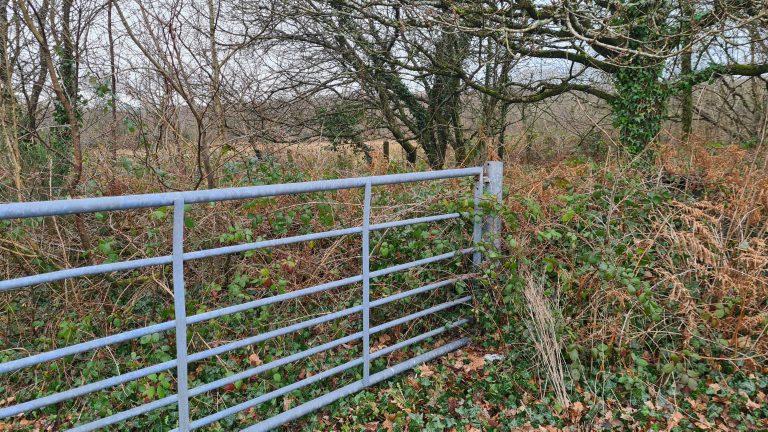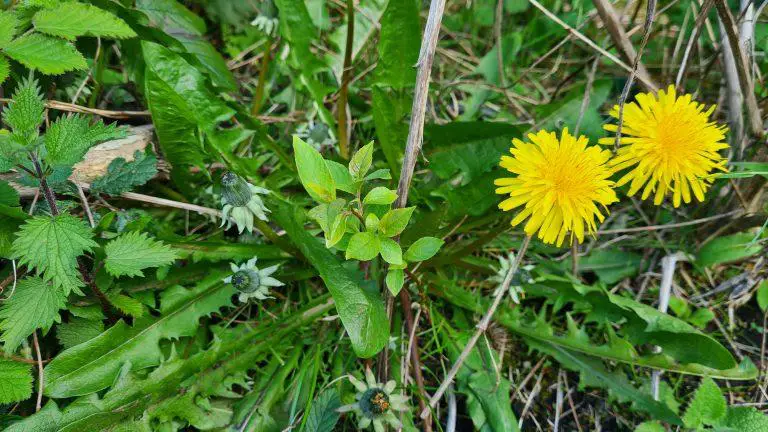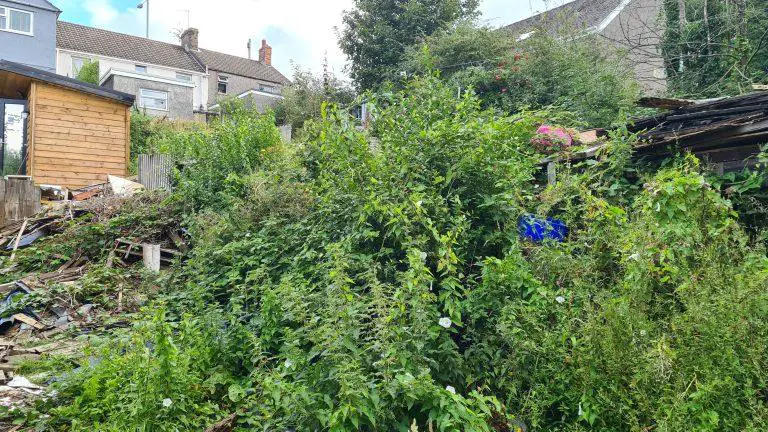The maintenance of invasive weeds is a crucial task in many regions across the globe, where these species represent a significant challenge to the health and productivity of the environment.
Invasive weeds can out-compete native plants, reduce biodiversity, and cause economic harm to agricultural crops. As such, it is essential for land managers to monitor and control invasive weeds to prevent their spread.
By engaging in regular maintenance practices, such as monitoring, removal, and control of invasive weeds, land managers can help preserve the integrity and functionality of ecosystems, safeguarding against the negative impacts of these pervasive and destructive plant species.
Monitoring involves regularly inspecting areas for new infestations, tracking changes in existing populations and assessing the effectiveness of control strategies.
Maintenance includes controlling current invasions with chemical or biological controls as well as preventive measures such as planting native species that can help displace weed species from taking root.
By monitoring and maintaining these invasive weeds on a regular basis, land managers will be able to keep them under control and protect valuable ecosystems from harm.
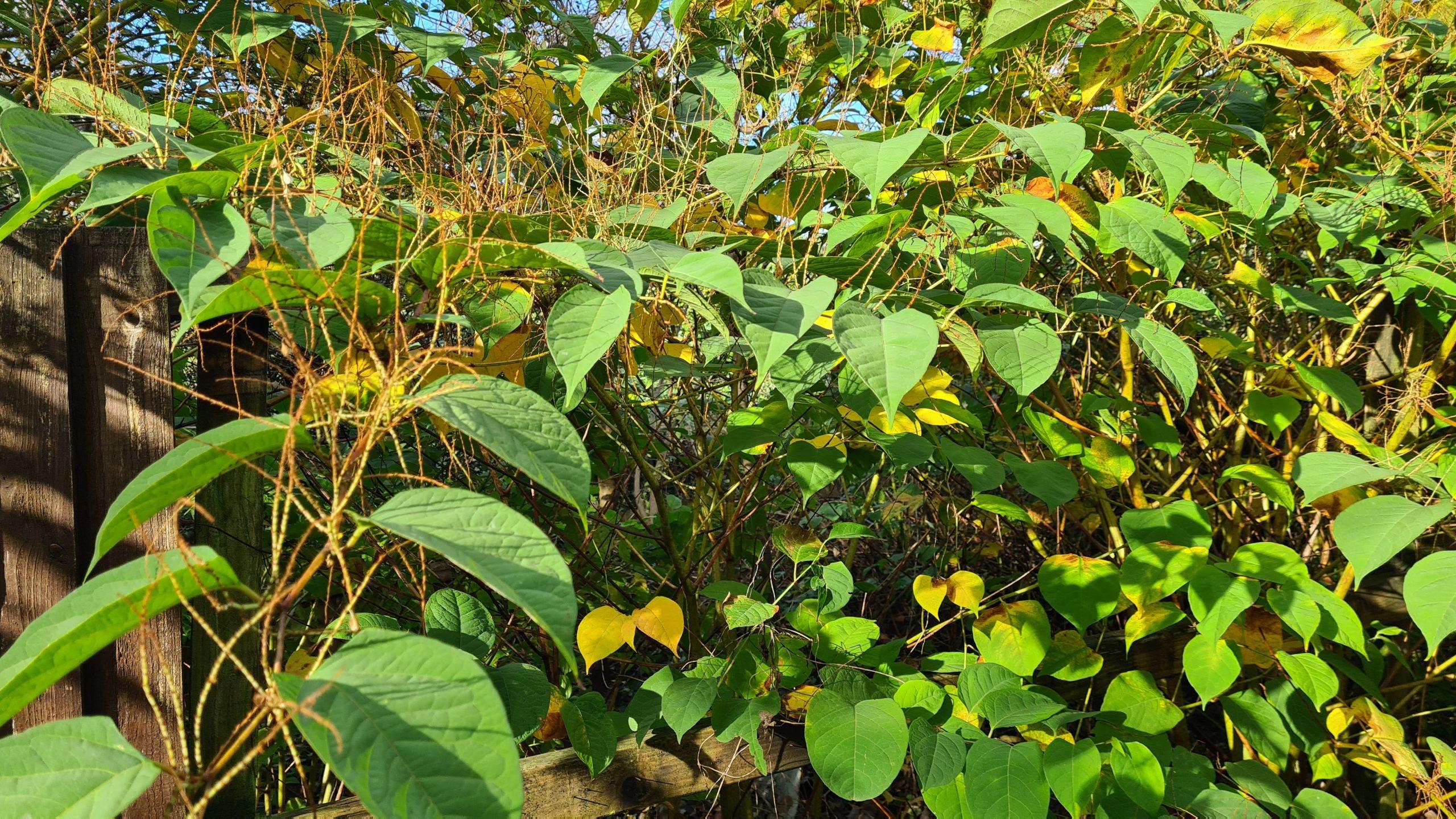
Importance of ongoing monitoring and maintenance
Invasive weeds can have a devastating effect on the environment, and managing them is an important part of ecological conservation. Invasive weeds are non-native species that spread quickly, outcompete native plants for resources like light and water, and reduce biological diversity in an ecosystem.
They can cause significant economic losses due to decreased crop yields, increased herbicide use, or reduced recreational value of the land.
To prevent these negative consequences from occurring it is essential to monitor invasive weed populations regularly and take proactive steps to minimize their spread.
This includes understanding what areas are at risk from invasion, developing effective control strategies such as mechanical removal or chemical treatments, educating landowners about proper management practices for their property and monitoring programs for early detection of new infestations.
By being aware of the potential impacts of invasive weeds and taking appropriate measures to manage them appropriately we can ensure our ecosystems remain healthy into the future.
Ongoing monitoring is essential for managing invasive weeds, as it allows land managers to track their population size and spread over time. This helps identify areas that need more attention or control measures, as well as any new infestations that may arise.
Monitoring may also allow for early detection of problems arising from non-native species introductions, like the spread of pathogens or incompatible species interactions.
By having this information available, land managers can develop better management strategies to keep invasive weeds under control.
Maintenance is also important for managing invasive weed populations. This includes actively controlling current infestations with chemical or physical removal methods and preventive measures such as planting native species that can help displace weed species from taking root.
It is important to periodically check areas for new infestations and respond quickly in order to prevent them from becoming established.
Finally, surveillance of invasive weeds should be conducted in order to determine the effectiveness of management strategies. Surveys should be regularly conducted to assess populations and monitor changes in size or spread.
This information can then be used to refine or improve existing control strategies, as well as inform future management decisions.
By monitoring and maintaining invasive weeds on a regular basis, land managers will be able to keep them under control and protect valuable ecosystems from harm.
Taking proactive steps to reduce the spread of these species is essential for preserving biodiversity and keeping our environment healthy. It is important that we remain vigilant in our efforts to protect and conserve natural areas from the impacts of invasive weeds.

Frequency and timing of monitoring
Invasive weeds can cause serious damage to ecosystems and agricultural production, so proper monitoring of their presence is essential. However, determining the frequency and timing for monitoring invasive weeds can be a challenge.
There are many factors that need to be taken into account in order to ensure accurate results and effective management strategies.
These include the size of the area being monitored, the type of weed species present, current weather conditions, soil type, and more.
Additionally, it is important to consider both short-term as well as long-term trends when analyzing data from invasive weed surveys in order to determine if any changes or shifts have occurred over time.
With careful analysis of these variables combined with an appropriate plan for regular monitoring intervals and timings, we can effectively manage the spread of invasive weeds in our environment.
In order to ensure accurate monitoring of invasive weeds, it is important to develop a clear strategy. This includes assessing the type and extent of the weed infestation in the area being monitored, as well as determining which methods are best suited for detecting different species.
Establishing an appropriate sampling frequency and timing, such as weekly or monthly surveys, can also be helpful in providing reliable data.
It is important to consider the current environmental conditions and weed species in order to determine which areas are most at risk.
By implementing an effective monitoring strategy, we can more accurately detect changes in weed populations over time and develop better management strategies for controlling their spread.
This ultimately results in healthier and more productive ecosystems, as well as lower costs associated with weed control. With careful monitoring and effective management strategies in place, we can ensure that our environment remains safe and healthy for generations to come.
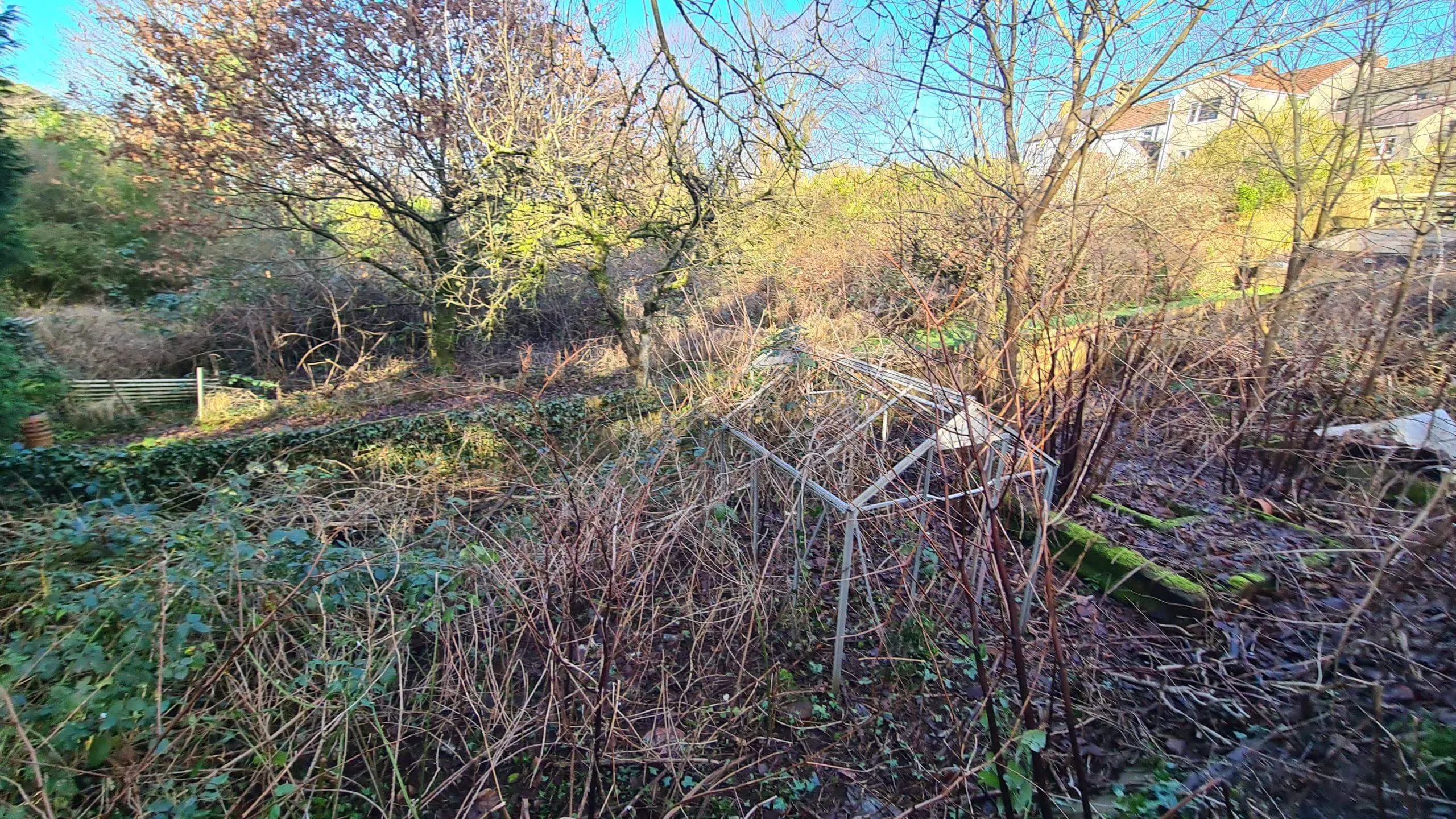
Implementation of preventative measures to avoid future weed infestations
Weeds are a major problem for many gardens and lawns. They can take over quickly, choking out the other plants in your yard and reducing the aesthetic value of your outdoor space.
Fortunately, there are steps you can take to prevent weeds from taking hold in your garden or lawn. By implementing preventative measures such as maintaining healthy soil conditions, using mulch and ground covers, planting dense vegetation, and regularly monitoring potential weed hot spots you can significantly reduce the chances of future weed infestations.
Taking these proactive steps will help ensure that your garden or lawn stays lush and attractive throughout the year without having to deal with pesky weeds.
Maintaining healthy soil conditions is essential for preventing weed growth. Ensuring your soil has the right balance of nutrients and moisture will help discourage weeds, as they tend to thrive in weak soils with poor drainage.
Adding organic material such as compost or manure can also help improve the fertility of your soil and make it more difficult for weeds to establish themselves.
Using mulch or ground covers can be an effective way to prevent weeds from taking hold in your garden or lawn. Mulch acts as a barrier, helping to keep the soil moist while also preventing sunlight from reaching weed seeds that may be lying dormant in the soil.
Ground covers like clover and grasses are also great for suppressing weeds, as they form dense vegetation that doesn’t allow other plants to establish themselves.
Planting dense vegetation is another way to prevent weed infestations. When planting flowers and shrubs, look for species that will fill in the gaps and create a thick cover of vegetation over the soil. This will make it difficult for weeds to take hold and crowd out your other plants.
Finally, regularly monitoring potential weed hot spots can help you catch problems early and address them before they become a major issues. Be on the lookout for areas in your garden or lawn where weeds are more likely to occur, such as bare patches of soil or low-lying areas that tend to collect water.
If you spot any weeds, act quickly to remove them before they have a chance to spread.
By following these preventative measures, you can keep your garden or lawn looking its best without having to worry about pesky weeds taking over. Take the time to establish an effective weed management plan and enjoy the beauty of your outdoor space for years to come.
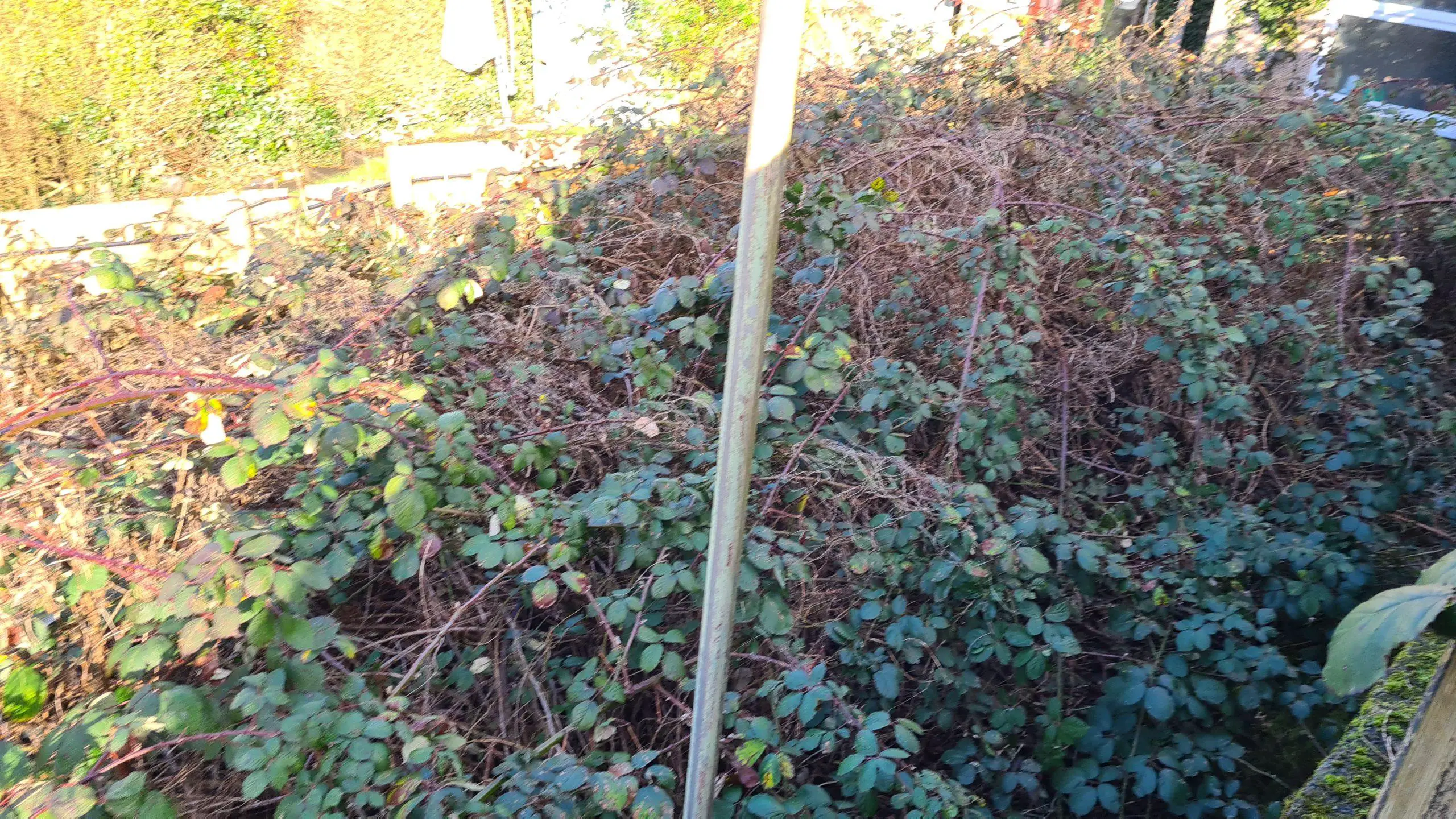
Importance of record keeping and documentation of invasive weed management
Documentation and record-keeping are essential components of successful invasive weed management. Good records provide a baseline from which to measure the success or failure of control efforts, help track long-term trends in weed populations over time, and can be used to inform future management decisions.
Records also allow managers to assess the impacts of their actions on both target weeds and non-targeted plant species.
In addition, records can be used for reporting purposes, such as monitoring compliance with regulations or grant requirements. Record keeping is an important part of any effective invasive weed management program.
In conclusion
Monitoring And Maintenance Of Invasive Weeds
In conclusion, controlling and managing invasive weeds is a complex process that requires careful planning and implementation. It’s important to be aware of the risks associated with these plants in order to prevent them from taking over an area or ecosystem.
Monitoring for new infestations should also be done regularly so that any newly-arrived species can be identified quickly and dealt with appropriately. With proper monitoring, maintenance, early detection, and control measures, it is possible to mitigate the damage caused by invasive weeds on native ecosystems.
Keeping an eye on the land and actively managing any potential weed infestations is essential to successfully controlling these plants and preventing them from causing further damage.
By utilizing all of the tools available, it is possible to protect our environment by effectively managing invasive weeds. Properly designed management plans will help reduce their spread, limit their impact and restore the balance within the ecosystem.
By minimizing the presence and spread of these weeds, it’s possible to maintain a healthy and diverse native plant population that can benefit both wildlife and humans alike.

